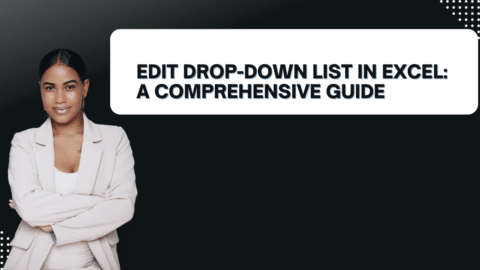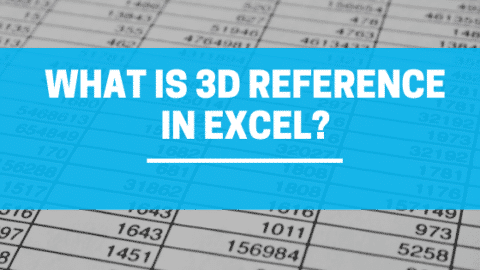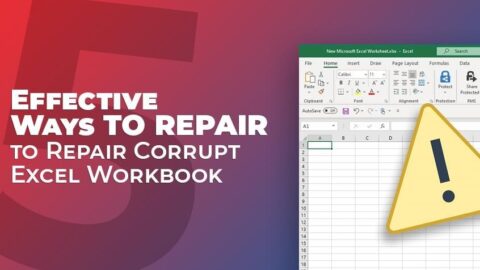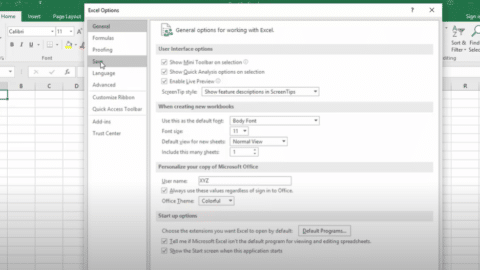Advanced Filter in Excel. You can add an advanced filter to an Excel spreadsheet to define which rows in your worksheet have or have no particular value. For example, you may want to see which rows have values above or below an average value. To do this, simply select the column range, then click Date, Time, Text, or a cell that contains the values you want to enter.
Table of Contents
This article is a tutorial-style guide to the Microsoft Excel advanced filter, which is used to find similar items or to help filter the large volume of data in an Excel spreadsheet. Users can use the advanced filter to help find similar items in a list or to easily locate information within data. It’s important to remember that the advanced filter will only help users find items similar to the one currently being searched for, or similar items that match all the conditions defined in the criteria section.
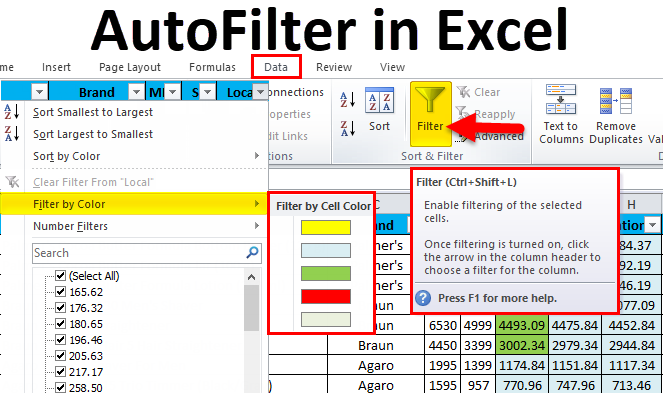
Easy Way: Advanced Filter in Excel
What is the Advanced Filter, and what can it do?
One of the most useful features of the Filter Window is the ability to filter data on more than one criterion at a time. The Advanced Filter is a great way to eliminate duplicates in your filtered data, so only one is left. In Excel, the Advanced Filter is linked to the “Filter” option in the Data menu.
This option is the most useful filter as it will let you omit all duplicates based on any of the sources in your table. When you initially choose the Advanced filter, you are confronted with two choices: “Filter by row or by column.” These are the only two ways of filtering your data. The ability to choose either row or column allows you to filter to get rid of rows with duplicate values regardless of the source of the values. For example, you may want to know which rows contain multiple observations per ID. However, you do not necessarily want to filter your data when you want.
How Does the Advanced Filter Work?
The Excel Advanced Filter is a series of options that can be navigated by clicking anywhere on the filter screen. The filter options make up the Advanced Filter. The options available will depend on what has been placed into the filter. The options available will range from numeric values to drop-down menus and checkboxes. By clicking on one of the options, you can see what other options are available and make a selection from those options.
How is the Advanced Filter Used?
When you’re inputting a whole mess of data and want to find out some specific things about it, the Advanced Filter can help. It works by searching for specific values and then filtering the content of your chart accordingly. Keep in mind that the Advanced Filter is useful for highly specific questions and is much harder to use than other filters on the spreadsheet.
Why is the Filter Useful?
As with all of Excel’s filters, the Advanced Filter is a long list of different filters that can be easily turned on and off. Simply click on the toggles at the top of the screen, and go through the list. You can select your desired filters, and the filters will automatically scroll through the resultant data. It is a must-have tool for any Excel user looking to analyze their data more conveniently.
The Advanced Filter in Excel
The Advanced Filter in Excel is a pull-down icon that shares a wealth of new. Also, additional filtering capabilities, even though it has been around for a long time. Depending on the range of cells you choose and filter, the Advanced Filter could provide access to new options, including formulas, values, formulas with values, and formulas based on values, formats, and ranges. The Advanced Filter also allows you to convert cells from a range to absolute values with a click.
Experienced Excel Users
The Advanced Filter is a powerful feature in Excel because it increases the clarity of your data. Calculating the average of a bunch of data values can significantly impact the final result. So it can be tough to tell if your data is skewed. This filter will perform the average of multiple values in a column, which can greatly simplify the final result. It will allow you to have complex formulas while filtering rows. The multiple filter option is also available with formulas, which is a huge timesaver. You can use the multiple filter feature adjacent or across multiple columns or even multiple ranges.
Filtering Down in Excel Often, you must filter down a range or set of results. You can perform a variety of actions using the filter tool. Select the Filter option from the Home tab. Select the filter that you want to apply. With the graduated filter selected, use the “Sort Order” to set how you want to order your data
Think of the Advanced Filter as a filter that can be specific to certain characteristics like “any” or “visible.” You can use the “Sort Ascending” or “Sort Descending” options. To sort the data in both directions, choose “Sort Ascending in Columns” or “Sort Descending in Columns.” The results should look like the following. The Equal to Your Value option is helpful when you want to compare a value or range to the data in the table. To use the Equal to Your Value feature, simply select the range. Also, look for the label “Equal to Your Value” at the bottom of the tool.
Hello, I’m Cansu, a professional dedicated to creating Excel tutorials, specifically catering to the needs of B2B professionals. With a passion for data analysis and a deep understanding of Microsoft Excel, I have built a reputation for providing comprehensive and user-friendly tutorials that empower businesses to harness the full potential of this powerful software.
I have always been fascinated by the intricate world of numbers and the ability of Excel to transform raw data into meaningful insights. Throughout my career, I have honed my data manipulation, visualization, and automation skills, enabling me to streamline complex processes and drive efficiency in various industries.
As a B2B specialist, I recognize the unique challenges that professionals face when managing and analyzing large volumes of data. With this understanding, I create tutorials tailored to businesses’ specific needs, offering practical solutions to enhance productivity, improve decision-making, and optimize workflows.
My tutorials cover various topics, including advanced formulas and functions, data modeling, pivot tables, macros, and data visualization techniques. I strive to explain complex concepts in a clear and accessible manner, ensuring that even those with limited Excel experience can grasp the concepts and apply them effectively in their work.
In addition to my tutorial work, I actively engage with the Excel community through workshops, webinars, and online forums. I believe in the power of knowledge sharing and collaborative learning, and I am committed to helping professionals unlock their full potential by mastering Excel.
With a strong track record of success and a growing community of satisfied learners, I continue to expand my repertoire of Excel tutorials, keeping up with the latest advancements and features in the software. I aim to empower businesses with the skills and tools they need to thrive in today’s data-driven world.
Suppose you are a B2B professional looking to enhance your Excel skills or a business seeking to improve data management practices. In that case, I invite you to join me on this journey of exploration and mastery. Let’s unlock the true potential of Excel together!
https://www.linkedin.com/in/cansuaydinim/



